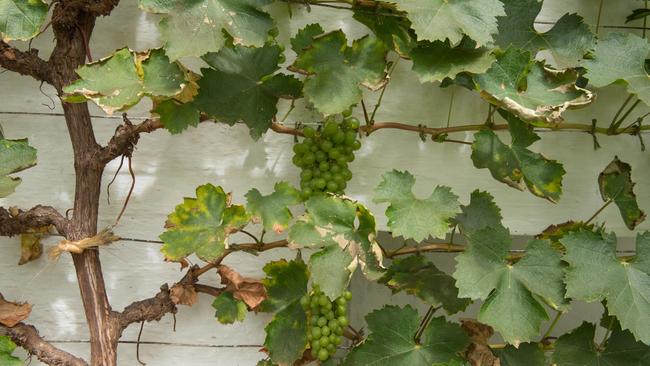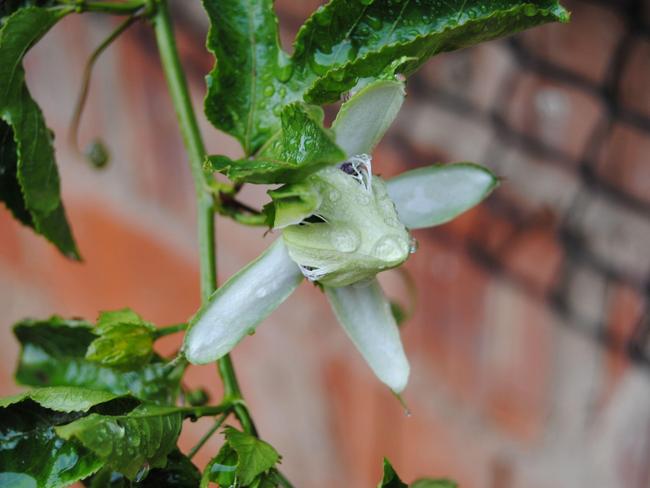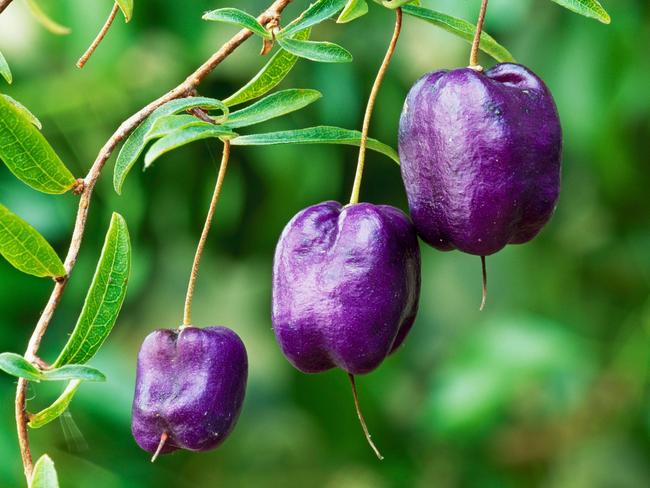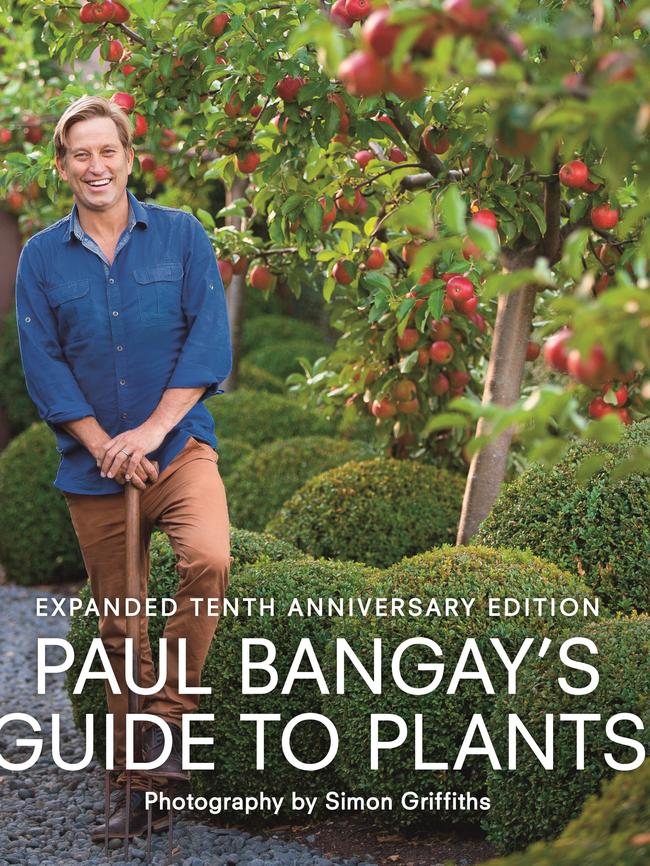A short guide to climbing plants
Want to grow your own food, but don’t have much space in the garden? Try these productive climbing plants.

If you’re short on space but keen to grow edibles, climbing plants with fruit have a lot to offer. They make productive use of vertical spaces such as fences, walls, pergolas, balcony posts or even the roofs of sheds and chicken coops.
For plants to flower and fruit well, they need sun. A northerly aspect is ideal; southerly is probably too shady, especially in winter. Brick walls soak up heat during the day and release it at night, improving conditions in colder areas, but steel fences exposed to hot afternoon sun can burn young plants. Deciduous climbers are useful for filtering sun in summer but allowing it through in winter; they’re ideal for pergolas.
When deciding what to grow, the size and vigour of the climber needs to fit the space available. Kiwifruit (Actinidia deliciosa) is a classic example, being a large, vigorous and woody deciduous climber that needs a super sturdy support for its 8m spread. And you need two plants – a female for fruit and a male for pollination. Its little sister the kiwiberry (A. arguta) has smooth, grape-sized, similarly delicious fruit and is very cold tolerant. The smaller cultivar ‘Issai’ is self-fertile.
Also needing room to spread is the humble choko. The vine, planted from a sprouted fruit in spring, can cover a shed (or traditionally the dunny) in no time and produce more fruit than you know what to do with, before it dies back with the cool weather to sprout again next spring.
Grapes are another deciduous option, best in climates with low humidity. They can be trained to take up little space, vineyard style, or allowed to roam over a pergola. They’re long-lived and tough, and can succeed in a large pot.

Passionfruit vines are popular to grow because the fruit can be expensive. They need sun, warmth, ample space, perfect drainage and plenty of food and water. Choose non-grafted plants if possible to avoid the huge problems with suckering rootstocks, and check cross-pollination requirements.

For something smaller, consider native appleberries. There are several species, all with pretty bell flowers and small, purple to yellow berries that have a kiwifruit/apple flavour. They tolerate part shade and root competition, and can even grow in hanging baskets.
For a light climber, a post can suffice as support; alternatively, make a tripod of tall stakes or recycle a wooden ladder. A free-standing screen, smothered in a climber, can also hide the shed/bins/rainwater tank; use lattice or steel reinforcing mesh – or even recycle mattress springs.
Good to know
Dragon fruit or pitaya come from a climbing, thick-stemmed succulent with gorgeous, evening-blooming flowers. For the tropics and subtropics
Vanilla pods come from a climbing orchid. Strictly for the tropics
In summer, grow climbing beans, cucumbers, climbing zucchini and squash. In cooler months try peas and snow peas
Q&A
Perth has had terrible chilli thrips on roses this year. There’s consensus on removing affected growth but various ideas for spray regimes. What’s best? Craig Gumley and other readers, Perth
Chilli thrips, a fairly new pest, cause brown scars and deformities in the shoots, leaves and flowers of roses, citrus and many vegetables. They breed so prolifically in warm weather that early intervention is essential. Use sticky blue traps to monitor, then prune and spray promptly. Organic sprays such as Natrasoap and Eco-neem are safer for beneficial insects and us, but less effective. Stronger pesticides include Success Ultra, Mavrik and pyrethrum. Spray weekly and thoroughly as pests hide deep within the flowers and under leaves. Clear leaf litter where they pupate.
My Japanese maple has lots of grey lichen. Is this a problem? Keith Zabell, by email
Lichens form crusty patches or bushy tufts on trunks and branches, especially where it’s shady and humid. Generally, lichens don’t harm trees but they can penetrate bark and stunt growth if densely covered. Heavy loads can indicate a lack of tree vigour and poor air circulation. You could judiciously thin overcrowded branches and mulch with compost.
My 3m-tall coffee plant is loaded with nearly ripe cherries. Should I prune it after harvesting? Olaf Ehrig, Yallingup, WA
Prune in late spring. Cut out weaker branches and reduce height for easy access. Tip prune to increase bushiness. In plantations they cut plants almost to the ground every three or four years to encourage vigorous regrowth, then thin and tip prune to restore bushiness.

Send your questions to: helenyoungtwig@gmail.com or Helen Young, PO Box 3098, Willoughby North, NSW 2068. The best question for August wins Paul Bangay’s Guide to Plants (Lantern, $60) plus Stonefields by the Seasons ($60)



